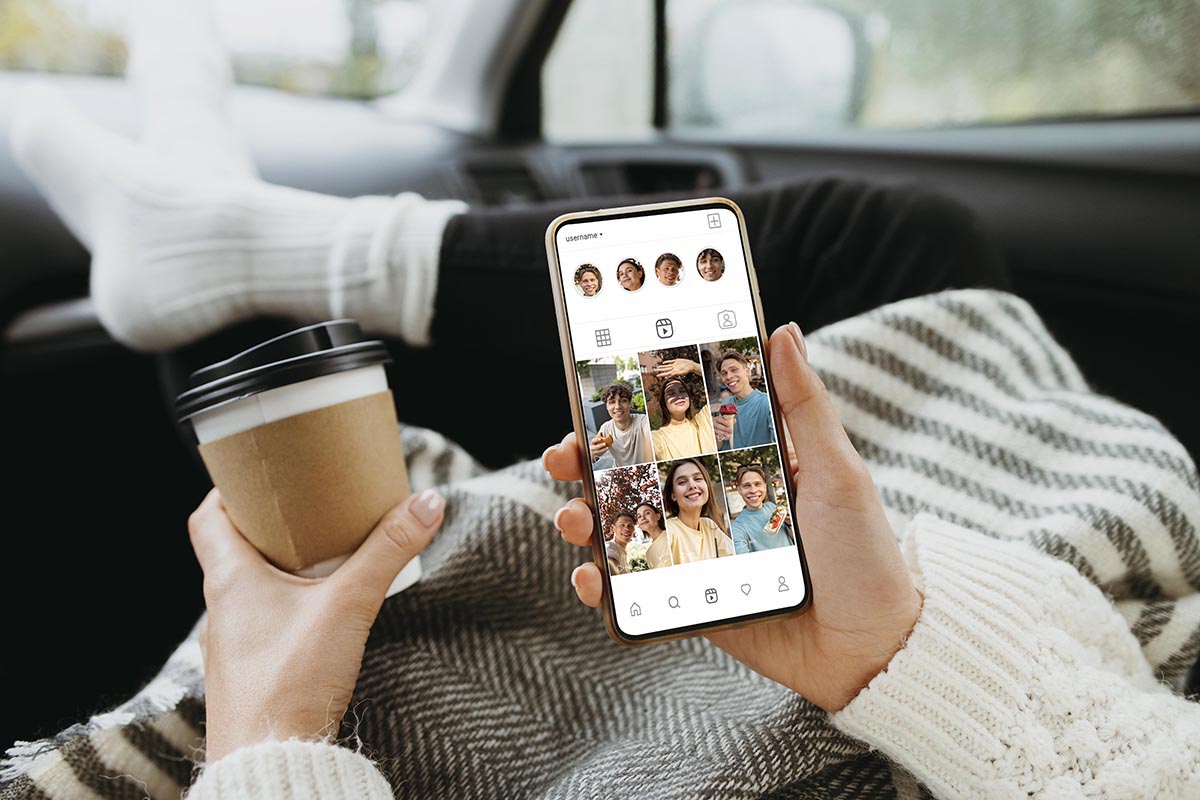How a User-Friendly Website Can Improve Patient Recruitment & Retention
The significance of user-friendliness in websites cannot be understated. Personal experience with poorly-designed websites emphasizes the importance of this aspect. This blog post explores how a user-friendly clinical research website can enhance patient recruitment and retention.
Let’s begin by understanding what it means for a website to be “user-friendly.” It refers to a site that enables visitors to navigate effortlessly without confusion or frustration. Achieving this involves clear navigation bars and menus for easy information access, quick loading pages, and user-friendly forms and processes.
Now, let’s focus on applying user-friendliness to a clinical research website. These sites play a crucial role in recruiting and engaging patients for studies. If potential participants encounter a confusing or difficult website, they may abandon the application process, even if they were initially interested in the study.
Furthermore, once patients have enrolled in a study, ongoing support from the research team is vital for their motivation and commitment. A user-friendly website can facilitate this by providing easy access to resources like educational materials and progress-tracking tools. Creating a simple and intuitive site attracts more patient volunteers and maintains their engagement throughout the study.
So, how can researchers ensure their websites meet these standards? Here are some tips:
Keep things organized
The landing page of a clinical research website should provide a clear and well-organized overview of the study. This helps potential participants understand the study quickly and easily.
Avoid medical jargon
While providing comprehensive information is essential, overly technical language can alienate laypeople. Copywriting should resonate with the target audience and be understandable to them. Clinical trials are already complicated enough, so don’t add to that complexity even more.
Incorporate multimedia content: Humans are visual beings, and incorporating images, videos, charts, and graphs makes clinical research websites more engaging and informative.
Utilize user feedback
Feedback from website users is invaluable for making improvements. Researchers should actively collect feedback and address common issues promptly. In conclusion, designing clinical trial websites with a user-centric approach, considering aesthetics and functionality, serves the intended purpose. This enhances patient retention and recruitment rates, as potential participants can easily find accessible sites through organic search engine queries or agency leads.
User-friendliness extends beyond aesthetics; it involves building experiences around patient needs, ensuring seamless steps throughout their interaction with the website. This approach fosters comfort and transparency in communication, even before any consent agreement is reached.




















